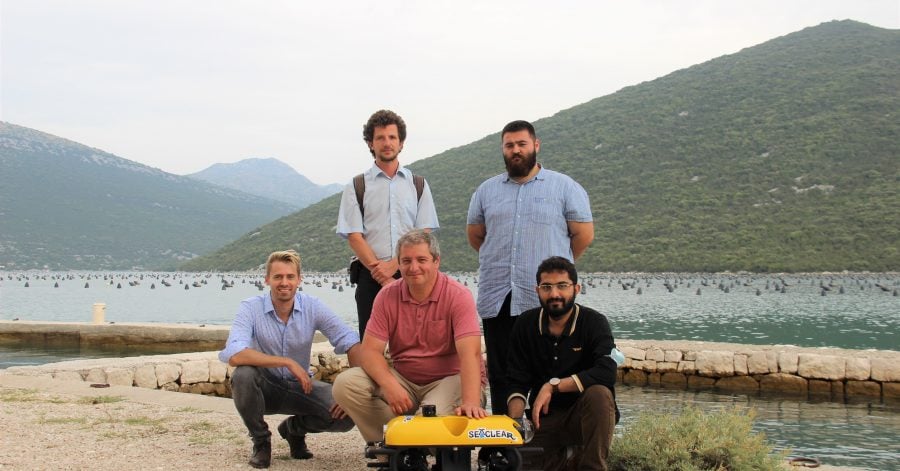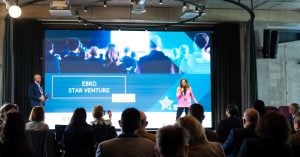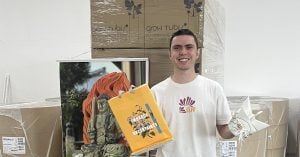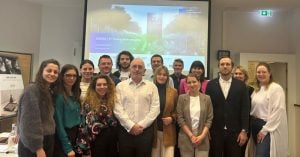In an effort to clean up accumulating marine litter, SeaClear, a €5M project in Central and Eastern Europe funded by Horizon 2020, successfully tested a robotic system that can collect debris from the bottom of the sea. The test took place in the waters near the city of Dubrovnik, Croatia. On this occasion, the SeaClear robot also brought to the surface the first “official” waste item: a plastic bottle.
The robot was designed with the help of a team of researchers from the Technical University of Cluj Napoca, in Romania. The other seven partners in the program are TU Delft, TU Munich, the University of Dubrovnik, the Hamburg Port Authority, Subsea Tech, Fraunhofer CML, and the DUNEA Regional Agency in Croatia, with a total of 49 researchers.
“The project is the result of preliminary discussions with researchers in Germany and Croatia, in which we tried to combine our research expertise in robotics, AI, and control (automation), to solve a problem relevant to society: marine litter,” Lucian Busoniu, professor at the Technical University of Cluj Napoca, and manager of the project, told The Recursive.
You can watch the SeaClear team in action in Dubrovnik here.
An inexpensive solution to one of the biggest environmental problems
The waste cleaning system consists of underwater inspection robots, a surface ship, and an aerial drone working together. Initially, underwater robots and drones locate and identify debris from the ocean floor using sensors and artificial intelligence. When waste is detected, an underwater robot equipped with a clamping device is sent to collect.
“It is an essentially simple concept that does not differ much from home cleaning robots,” Lucian Busoniu explained.
However, the test was important for the software development part of the project. Three key components of the system were tested: the underwater inspection robot, a prototype of the clamping system that collects the waste, and an aerial drone. Positioning and controlling the underwater robot to identify and collect the waste was the star moment of the test.
Going forward, the team will analyze data sets from cameras, sonar, and robot positioning sensors, in order to finalize the software.
“We would like the integrated system to work with a basic version of the software next year, and with the final, standalone software, in 2023. Marketing will start at the end of 2023 or the beginning of 2024,” Lucian Busoniu told us.
With the autonomous robotic system, SeaClear also wants to bring a relatively inexpensive solution to the market for an increasingly threatening environmental problem.
There are between 26 and 66 million tonnes of waste on seabeds and ocean floors. The waste we see on the surface is only the tip of the iceberg: 94% of the waste is located below the surface, on the bottom.
Currently, port authorities use divers to clean the waste – a dangerous and costly process. When completed, the SeaClear system should achieve results similar to human intervention.
When it comes to commercializing the product, prospects are promising.
“We already have two end users in the consortium – the Dunea regional agency in Croatia, and the port authority in Hamburg. In addition, we have defined a set of market segments that may be interested in the SeaClear system: ports, central and local authorities, protected areas, and civilian infrastructure. Starting with year 3 of the project, we will set up an “operating committee” to contact potential customers of the system,” Lucian Busoniu concluded.
Elsewhere in Romania, another research-based solution for marine litter identification and collection is under development by Recycllux. The startup is building an end-to-end platform using machine learning and blockchain technology to identify plastic waste on the bottom of the sea and help connect stakeholders to collect and recycle the waste.
+++If you want to stay a little longer on the topic of marine-related technology, read our list of 6 marine tech companies in SEE to follow in 2022.+++








